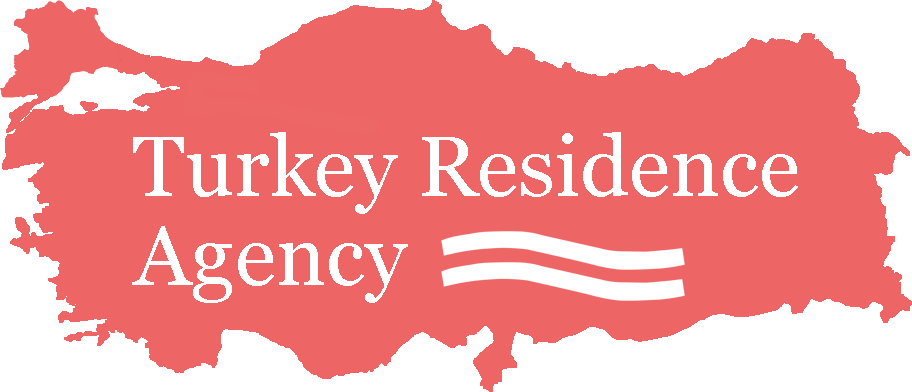Cost-Effective Communication: Phone Plans and Internet Options for Residents
In today’s fast-paced and interconnected world, the ability to communicate effectively and affordably is not just a convenience but a necessity. Residents at every income level seek to balance the demand for continuous connectivity with the imperative of managing finances judiciously. This landscape of need and pragmatism gives rise to a complex market of phone plans and internet options, each vying to offer the most advantageous mix of data, voice, and messaging services at competitive prices. As consumers navigate this intricate terrain, it becomes essential to discern which offerings are truly cost-effective without compromising on quality or accessibility. The following discourse delves into the myriad of telecommunications solutions available to residents, exploring how they can optimize their expenditures while still enjoying robust and reliable communication capabilities. This analysis is aimed at equipping individuals with the insights necessary to make informed decisions that align with their personal and professional communication needs.
Maximizing Connectivity on a Budget
For residents aiming to maximize connectivity while adhering to a strict budget, the philosophy should be centered on assessing usage patterns and aligning them with the right blend of services. By carefully scrutinizing their actual data consumption, call frequency, and messaging needs, individuals can avoid the common pitfall of paying for superfluous features. For instance, opting for prepaid plans can lead to significant savings for those who use their phones sparingly, while unlimited texting is cost-effective for avid texters. Many providers offer customized plans where users can tweak their package to fit their specific usage profile, ensuring they only pay for what they truly need. In the realm of internet options, evaluating whether high-speed bandwidth is a necessity or a luxury can result in considerable cost reduction, especially with the emergence of competitively priced, yet slower, unlimited usage plans that are sufficiently adequate for everyday online activities.
Jumping on promotions and bundled offers is another savvy way for residents to enhance their connectivity affordably. Telecom companies frequently roll out discount campaigns or bundle phone, internet, and even television services at a lower combined cost. These bundles can offer substantial savings over individual plans and are particularly beneficial for households with multiple users, ensuring that everyone stays connected without breaking the bank. Furthermore, consumers should periodically review their plans—the market is ever-evolving, and a deal that was competitive a year ago might no longer be the best option. Customer loyalty can also be leveraged; engaging with service providers about current usage and asking for better rates or an upgrade to a more fitting plan can yield surprising concessions and tailor-made solutions that accommodate financial limitations while maintaining desirable levels of connectivity.
Ultimately, the goal of achieving cost-effective communication requires a keen understanding of not only the marketplace but also of one’s personal communication demands. This may involve embracing technological alternatives, such as utilizing VoIP services like Skype or WhatsApp for voice and video calls, which use internet data rather than traditional phone minutes. Residents should also take advantage of wi-fi hotspots to offload data usage from their cellular plan to free networks, particularly in urban areas where such options are abundant. Moreover, in this era of digital connectivity, a critical eye towards one’s own habits—regularly purging unused apps that drain data, for example—combined with an informed approach to the range of available tools and services, can lead to satisfying levels of communication without the sting of exorbitant costs.
Exploring Affordable Phone and Internet Solutions
When exploring affordable phone and internet solutions, residents should start by assessing their usage patterns and prioritizing their needs. For those who do not require large amounts of data or extensive international calling options, prepaid or no-contract phone plans can be a cost-efficient approach, avoiding the hefty monthly bills associated with traditional plans while offering the flexibility to switch providers without penalties. In the realm of internet services, competitively priced bundles that include both Wi-Fi and mobile data might be a good fit for households looking to combine services and save money. Furthermore, numerous companies provide discount programs for qualifying low-income individuals or those receiving government assistance, thereby making communication services more accessible to a broader demographic. With a clear understanding of their specific communication consumption, residents can target the right plans that offer the essential services without extraneous frills that inflate costs.
Once residents have zeroed in on their essential needs, the next step is to conduct a comprehensive market survey to compare the various offerings. Local and national service providers often have special deals that are not heavily advertised – it pays to visit provider websites, call customer service, or visit retail locations to inquire about current promotions. For instance, some phone plans might offer perks such as free streaming subscriptions or additional data during off-peak periods, delivering more value for money. Equally important is the examination of network coverage maps to ensure that service is strong and consistent in one’s home area and other frequently visited locations. Additionally, Internet plans should be scrutinized for hidden fees and the real speeds delivered, as opposed to the advertised maximums, which can vary significantly depending on the time of day and network congestion. By employing diligent research and engaging with community forums for reviews and testimonials, residents can unearth the options that truly align with their financial constraints and usage demands.
With an eye for detail and a clear understanding of the available deals, residents who have tailored their search towards their usage and budget can explore community-based initiatives and collaborative consumption to drive costs down even further. One example is forming internet collectives where neighbors share the cost of a high-capacity connection, ensuring everyone enjoys ample bandwidth without breaking the bank. Similarly, family phone plans can yield substantial savings, with bulk deals that offer multiple lines and shared data pots at a fraction of individual costs. Additionally, leveraging VoIP applications and other online communication tools over Wi-Fi can significantly reduce the need for expensive voice and text plans. Ultimately, the combination of personal due diligence and creative communal approaches can lead to substantial savings while maintaining quality communication services, ensuring residents stay connected in the most economically efficient way possible.
Navigating Economical Communication Strategies for Home Users
When examining the range of communication strategies for home users, it’s pivotal to consider both the explicit costs on the billing statement and the implicit value received. Economical phone plans often proffer appealing introductory rates or bundled services that provide a combination of internet, voice, and text features tailored to individual or family usage patterns. Residents must contemplate their typical data consumption, the number of devices in use, and the necessity for international calling or roaming features. By accurately assessing their communication habits, consumers are better positioned to select a plan that avoids excess charges for unused services while ensuring sufficient coverage for peak usage, thus striking a balance between cost and functionality. This preemptive evaluation helps safeguard against the enticement of underpriced plans that may not cover comprehensive needs, leading to potential overage fees or service interruptions.
Further to this, the advent of VoIP (Voice over Internet Protocol) technology offers an alternative avenue for home users looking to economize without sacrificing quality. By converting voice signals into digital data transmitted over the internet, VoIP services can significantly undercut traditional landline costs, particularly for long-distance and international calls. Home users who primarily communicate via internet-connected devices may find that combining a VoIP service with a lower-tier internet plan is more cost-effective than higher-priced, all-encompassing bundles. In making this choice, it is important for residents to analyze their internet speed requirements to ensure that their chosen plan can support clear and uninterrupted VoIP communication, alongside other household online activities.
Within the sphere of internet options, the strategic use of data plans and Wi-Fi can further economize household communication costs. Deciding between unlimited data plans and tiered data options involves understanding the household’s internet habits. For homes where online streaming, gaming, and downloading are prevalent, an unlimited plan could prevent overage charges and supply uninterrupted service. Conversely, for less intensive users, a tiered plan with a set data cap often costs less and satisfies basic browsing and communication needs. Aligning data plans with the availability of Wi-Fi hotspots and leveraging public or shared networks when securely possible can lead to significant savings on monthly bills. By blending these strategies—choosing the correct data plan tier, utilizing Wi-Fi whenever available, and being mindful of data consumption—residents can forge a cost-effective yet comprehensive plan for their digital communication requirements.






